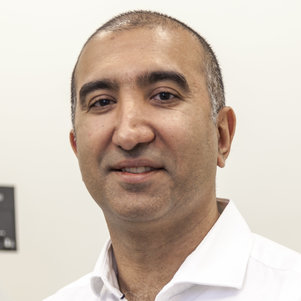The Boukany and the Koenderink groups have been awarded an EMW-M-2 grant (700 kEuro)
Delivering the molecular tools for genome editing into cells
Genome editing technologies such as CRISPR-Cas systems are revolutionizing the life sciences because they make it possible to change or repair the genomes of cells with high precision. However, a major challenge that hampers widespread application is that genome editing requires getting molecular tools (nucleic acids and enzymes) into the cell, across the its insulating membrane. Previous work from the Boukany lab has shown that electroporation, which briefly permeabilizes the membrane with high-voltage electrical pulses, can in principle solve this challenge. However, this is still a trial-and-error technique that requires extensive adaptation depending on cell type. Recently the Boukany and Koenderink labs jointly showed that it is not just the membrane that poses a barrier, but also the underlying scaffold of filamentous proteins known as the actin cortex.
In their ENW-M2 project, the two labs will join their expertise in cell biophysics (Koenderink) and electroporation (Boukany) to reveal the role of the actin cortex in membrane electroporation and cargo translocation (ROCKET), with the ultimate goal to make electroporation robust and predictable.
To tackle this challenging question, they will combine systematic studies of synthetic cells rebuilt from purified cellular components with studies on biological cells. To visualize the electro-transfer of gene editing molecules across the cortex and the membrane, they will use high resolution microscopy. They teamed up with Dr. Lea Rems (University of Ljubljana), to couple the experiments to computer simulations, so they can ultimately pinpoint the biophysical mechanisms that govern the mechanical resistance of the cell surface to electro-permeabilization.


